A Eurofighter Typhoon has finally been fitted with an advanced ECRS Mk 2 radar, a cutting-edge active electronically scanned array (AESA) system with a unique positioning mechanism that will allow the Typhoon to realize its full potential.
The long-awaited radar, also known as Captor-E Mk 2, will provide Royal Air Force Typhoons with a host of new capabilities that will ensure the aircraft can better complement the U.K.’s F-35B stealth fighters. The new radar could also attract interest from Typhoon export customers.
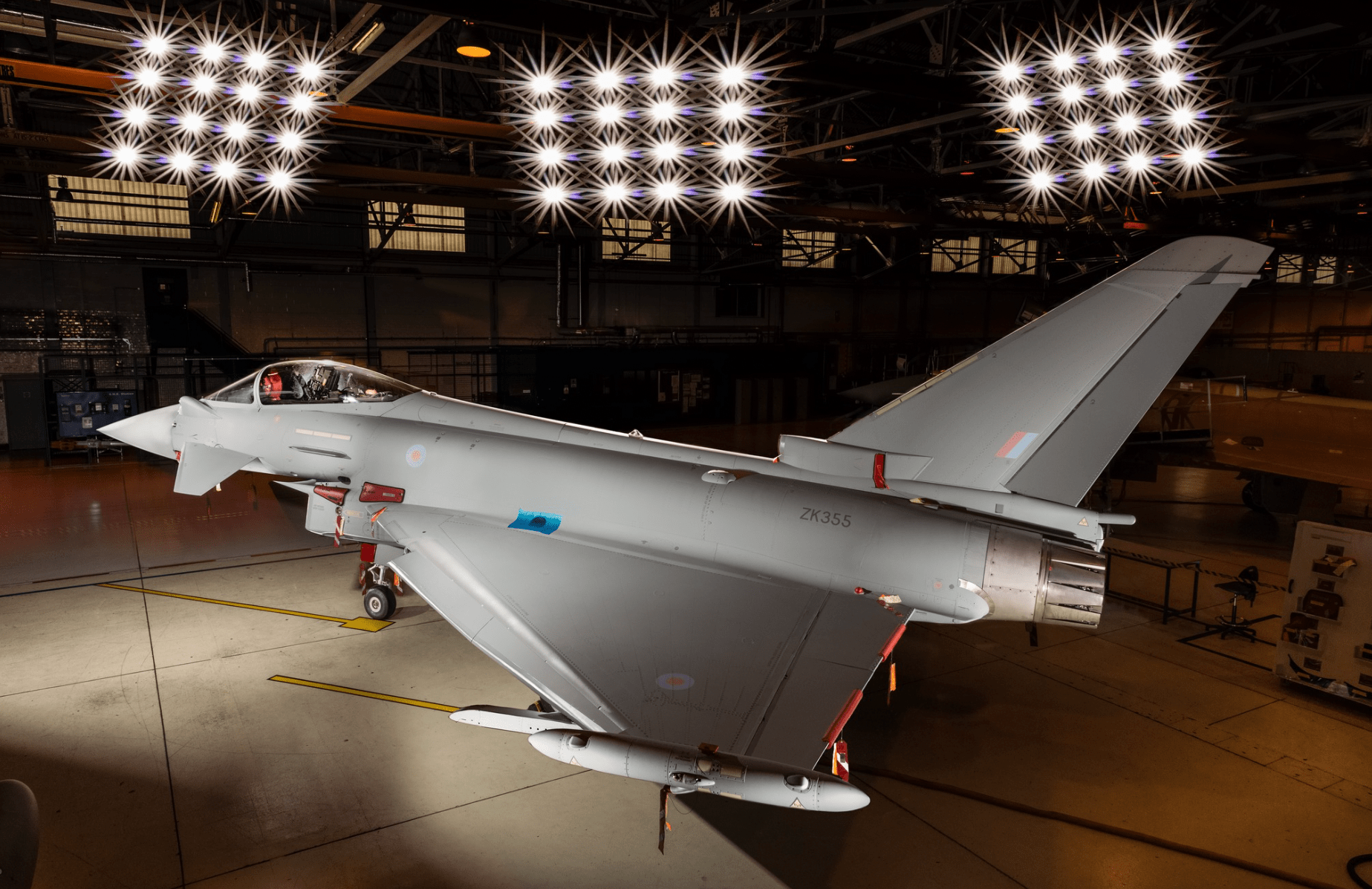
It’s been a very long time coming, but BAE Systems boasts that the ECRS Mk 2 is “the world’s most capable combat air radar.” An example of the radar, still in prototype form, was reportedly installed in a Typhoon test jet late last year, but that development has only been announced now. After ground tests are completed, flight trials of the aircraft and its new radar are scheduled to start at BAE’s Warton, Lancashire, facility this year.
The ECRS (European Common Radar System) Mk 2 is being developed by Leonardo U.K. and integrated into the Typhoon by BAE Systems.
As we have discussed before, the centerpiece of the ECRS Mk 2 is its active electronically scanned array (AESA), also called the multi-functional array (MFA), that combines traditional radar functions, such as search and targeting, with electronic warfare tasks, a growing area of interest for Typhoon operators, as well as high-speed communications tasks. Many AESAs have a latent ability to conduct all three operations, which you can read more about here.
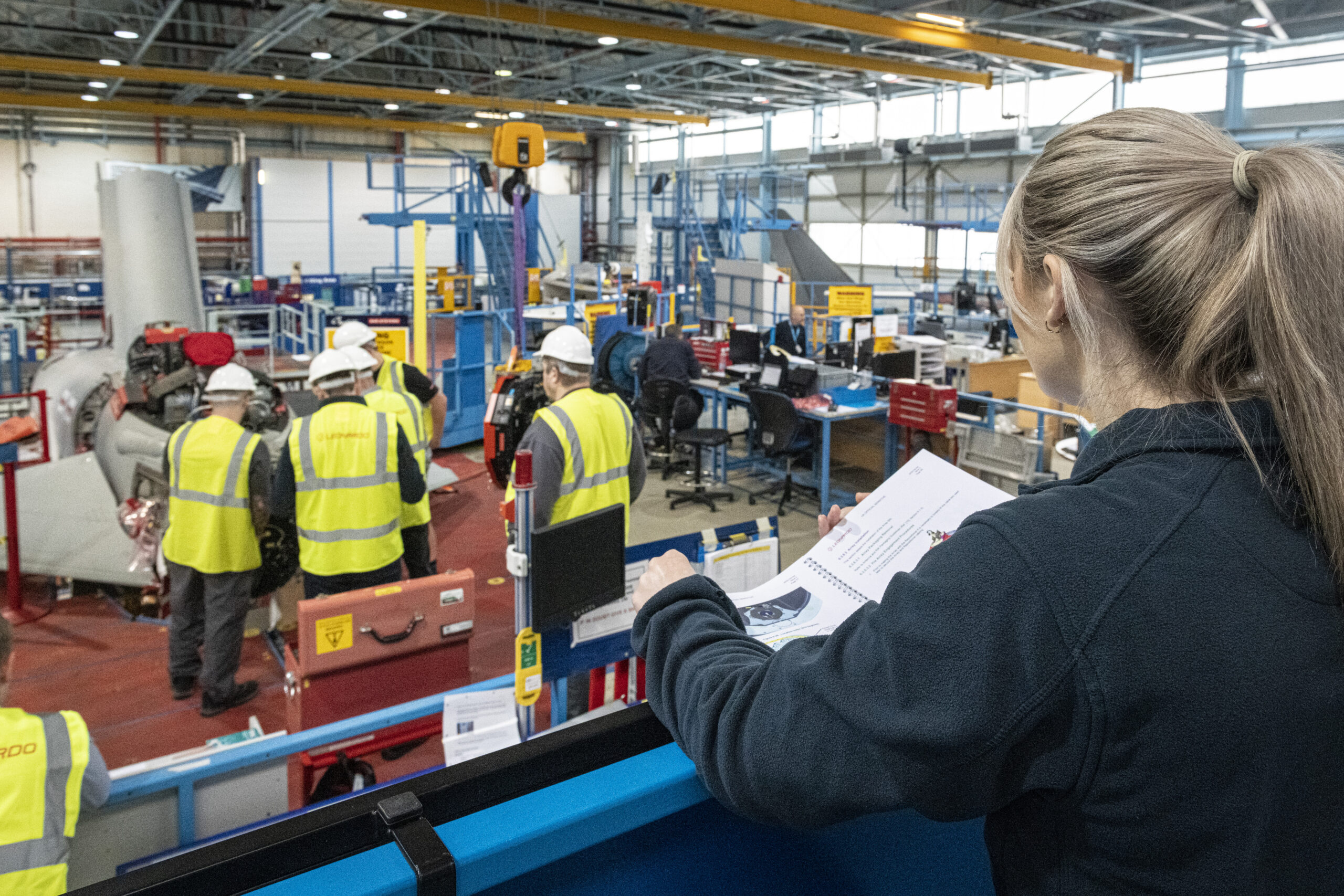
As BAE Systems explains, “This means that Eurofighter Typhoon will be able to locate and deny use of an adversary’s radar with a powerful electronic jamming attack, whilst staying beyond the reach of threats.”
Alongside the test program for the new radar, work continues to optimize the ECRS Mk 2 for quantity production for the Royal Air Force.

Ross Wilson, VP Engineering, Radar, and Advanced Targeting, Leonardo UK, said: “The radar’s processor, receiver, and antenna power supply and control units have all been re-engineered to further enhance the capacity, capability, and performance of the Mk 2 system in alignment with the new antenna and electronic warfare capability. These production designs have all passed their critical design review phases, keeping the production program on schedule.”
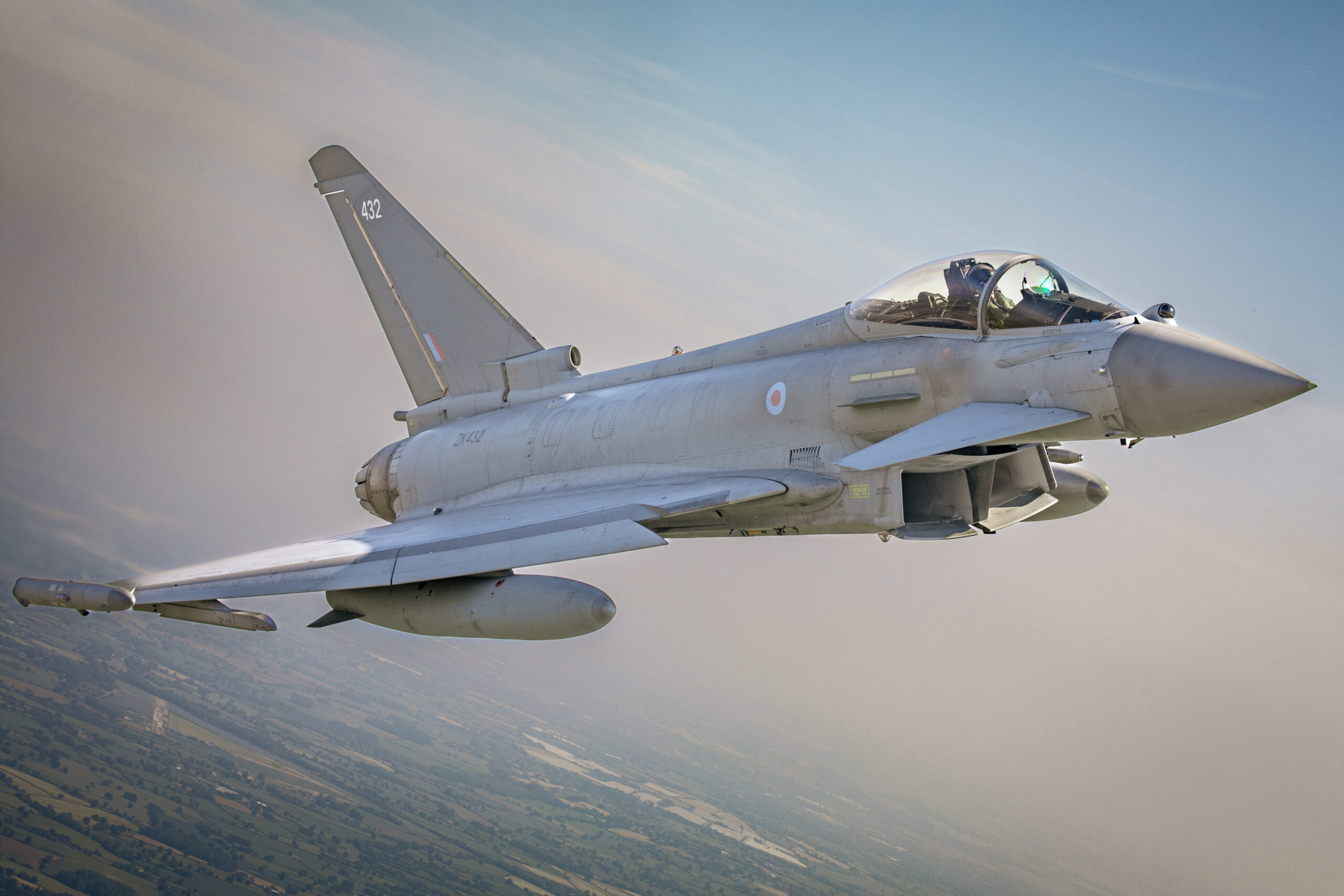
Notable is the fact that the United Kingdom has been holding out for a more capable solution than other Eurofighter operators who have opted for an AESA radar, either fitted to new-build jets or as an upgrade for existing aircraft.
The British development program for the ECRS Mk 2 has been secretive, to say the least. But we do know about some of its salient features.
In terms of technology, the ECRS Mk 2 has a swashplate repositioner, an articulated mounting that means the antenna can be swung to face at far greater angles off the centerline. This allows a much wider field of regard, with a significant boost in angular (azimuth) coverage.
Eurofighter claims that the repositionable array provides a field of regard that is “some 50 percent wider than traditional fixed-plate systems.”

This is a big advantage for the Typhoon, beyond general awareness and tactical flexibility, is for ‘beaming’, or hiding in the ‘Doppler notch.’ This is when the fighter turns 90 degrees away (perpendicular) to an enemy’s pulse-Doppler radar array. Since these types of radars use Doppler shift to gauge a target’s relative velocity, they filter low relative velocity objects, like ground clutter. The beaming fighter, which is not moving toward or away from the enemy radar much, can therefore enter the enemy radar’s ‘Doppler notch’ and remain undetected. The fact that a Typhoon equipped with this radar can maintain radar surveillance of an aerial target beyond 90 degrees means it can continue to provide targeting updates to its missiles even while hiding in the doppler notch — a huge advantage during certain air-to-air scenarios. This is especially important for the non-stealthy Typhoon and this capability can be employed to unique effect when leveraging a long-range air-to-air missiles like Meteor.

In addition to the aforementioned electronic attack functions, the ECRS Mk 2 is known to include secure datalink modes, in which the radar can be used for high-bandwidth communications, and unspecified “advanced air-to-surface capabilities.”
Overall, any kind of AESA radar provides a significant boost to modern combat aircraft. In comparison with traditional mechanically scanned array technology, an AESA can find and track a target at a much greater range, more quickly, and with a greater degree of accuracy. This also applies to smaller threats, including those with limited radar signatures, or flying at very low levels, which older radars find much harder to detect.

With their increased power output, AESA radars also typically offer a higher standard of target discrimination and multi-target tracking capabilities and are more resilient to hostile jamming. They are also considered a lot more reliable, primarily due to having far fewer moving parts than mechanically scanned arrays.
Longer range means that AESA radars are a significant advantage when employing beyond-visual-range air-to-air missiles, like the Meteor that arms, among others, the British Typhoon.

The European Common Radar System story is a long and complicated one. As well as Leonardo in the United Kingdom and Italy, it involves Indra in Spain and Hensoldt in Germany and it has ultimately spawned three discrete AESA radar versions.
While there were demonstrator radar flight trials as long ago as 2006 under a project known as CAESAR (Captor AESA Radar) and plans to have a production version in service by 2015, a Typhoon with AESA fitted was not publicly unveiled until 2014 and an overarching development contract for the radar was not signed until later the same year.
Flight trials of what was then known simply as the Captor-E AESA radar began at Warton in 2016. In the same year, Kuwait became the first Typhoon customer to specify an AESA radar. Qatar subsequently also signed up for AESA-equipped Typhoons, after which Germany and Spain committed to buying the same technology, initially to be introduced via upgrades of existing aircraft.
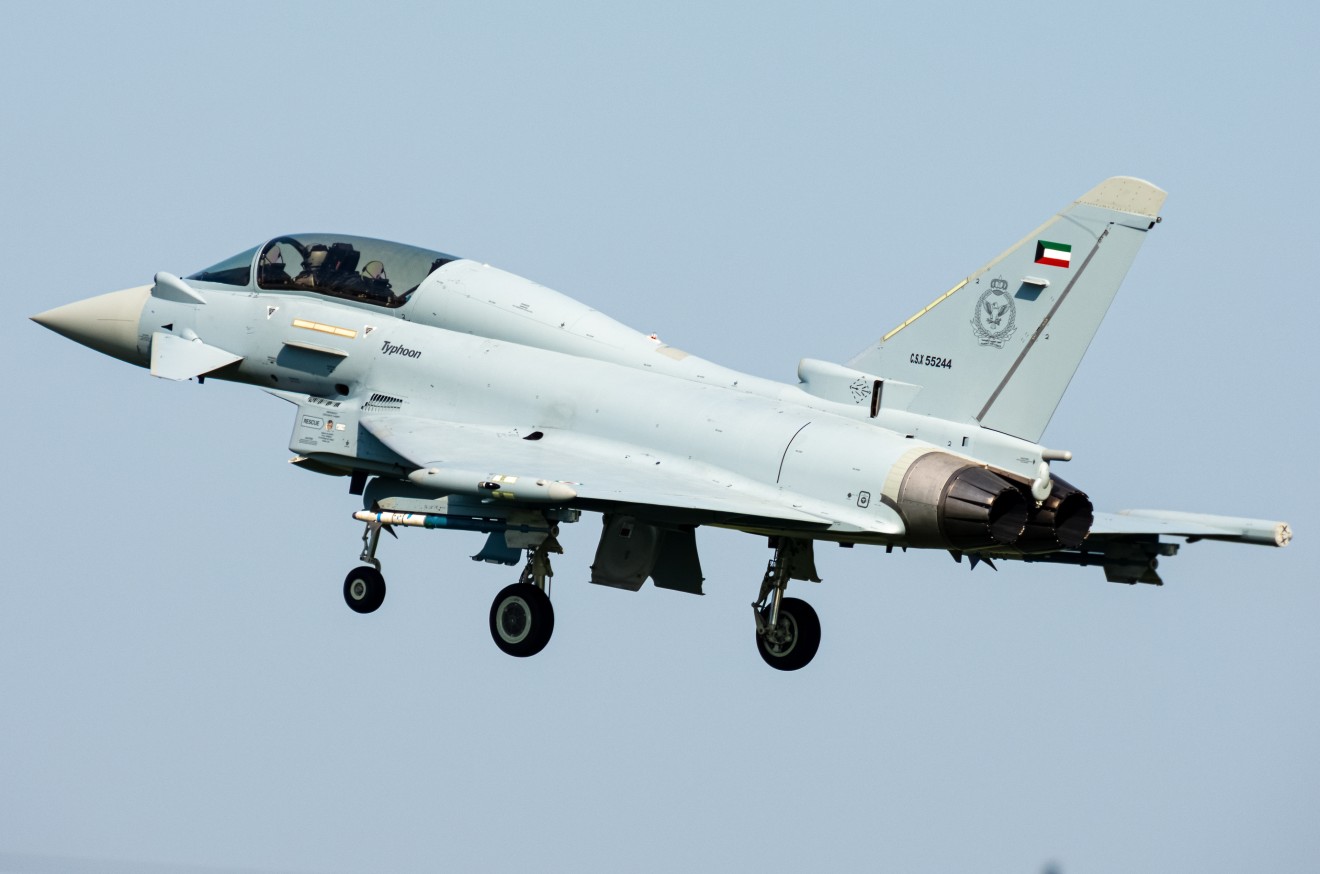
Ultimately, differing requirements and timelines led to Captor-E being subdivided into the ECRS Mk 0 (Kuwait and Qatar), Mk 1 (the definitive standard for Germany and Spain), and Mk 2 for the United Kingdom. Each of these radars introduces an additional level of capability, with ECRS Mk 2 being the most advanced.
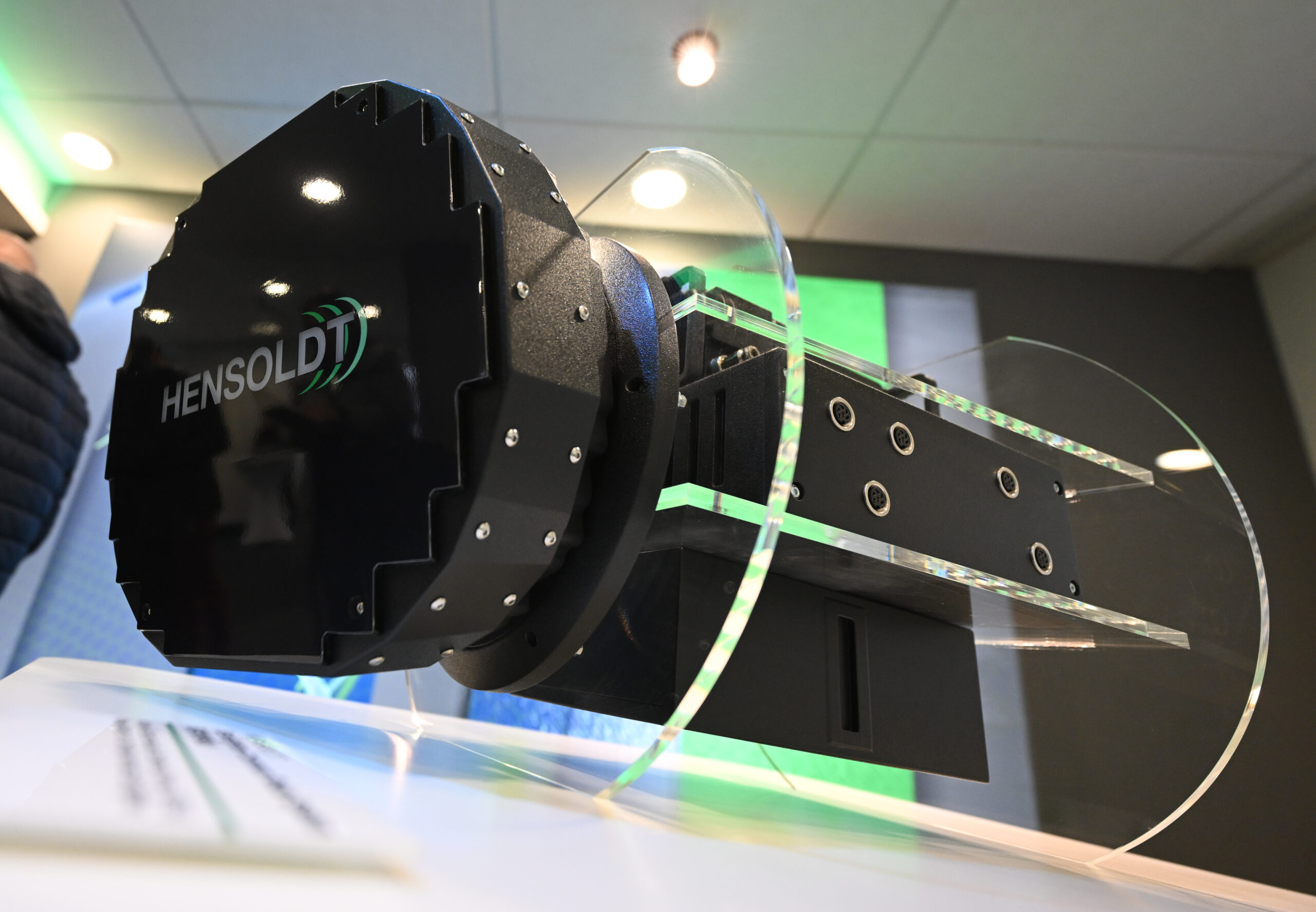
Back in 2020, Royal Air Force sources told The War Zone that ECRS Mk 2 is “the preferred capability pathway for operating [Typhoon] in a true contested environment with a radar that can do more than just support air-to-air weapons and provide situational awareness.”
Among the various U.K.-specific AESA development projects leading to the ECRS Mk 2 was one known as Bright Adder, itself developed from the Advanced Radar Targeting System (ARTS) that was developed for a potential Tornado GR4 upgrade. After being tested on the Tornado, hardware was adapted as Bright Adder, now intended for the Typhoon, but which was only ever tested on the ground.
The prototype ECRS Mk 2 now fitted in a British Typhoon (specifically, test aircraft BS116), reportedly includes the Bright Adder’s antenna with the ‘back end’ of an ECRS Mk 0.

But with the different components of the ECRS Mk 2 all having passed their critical design review, the production version of the radar is very much on its way — almost a full 10 years since an AESA-equipped Typhoon first debuted.
The United Kingdom plans to have ECRS Mk 2 retrofitted in 40 Typhoons. All will be of the most capable Tranche 3 version. Ultimately, the United Kingdom plans to ditch the less-capable Tranche 1 Typhoons entirely, consolidating with a fleet of Tranche 2 and 3 aircraft.
There are meanwhile strong rumors to suggest that Saudi Arabia, in particular, may be looking to acquire ECRS Mk 2. This would likely be installed in new-build aircraft, but could potentially also be retrofitted in existing Royal Saudi Air Force Typhoons, 72 of which have been delivered.
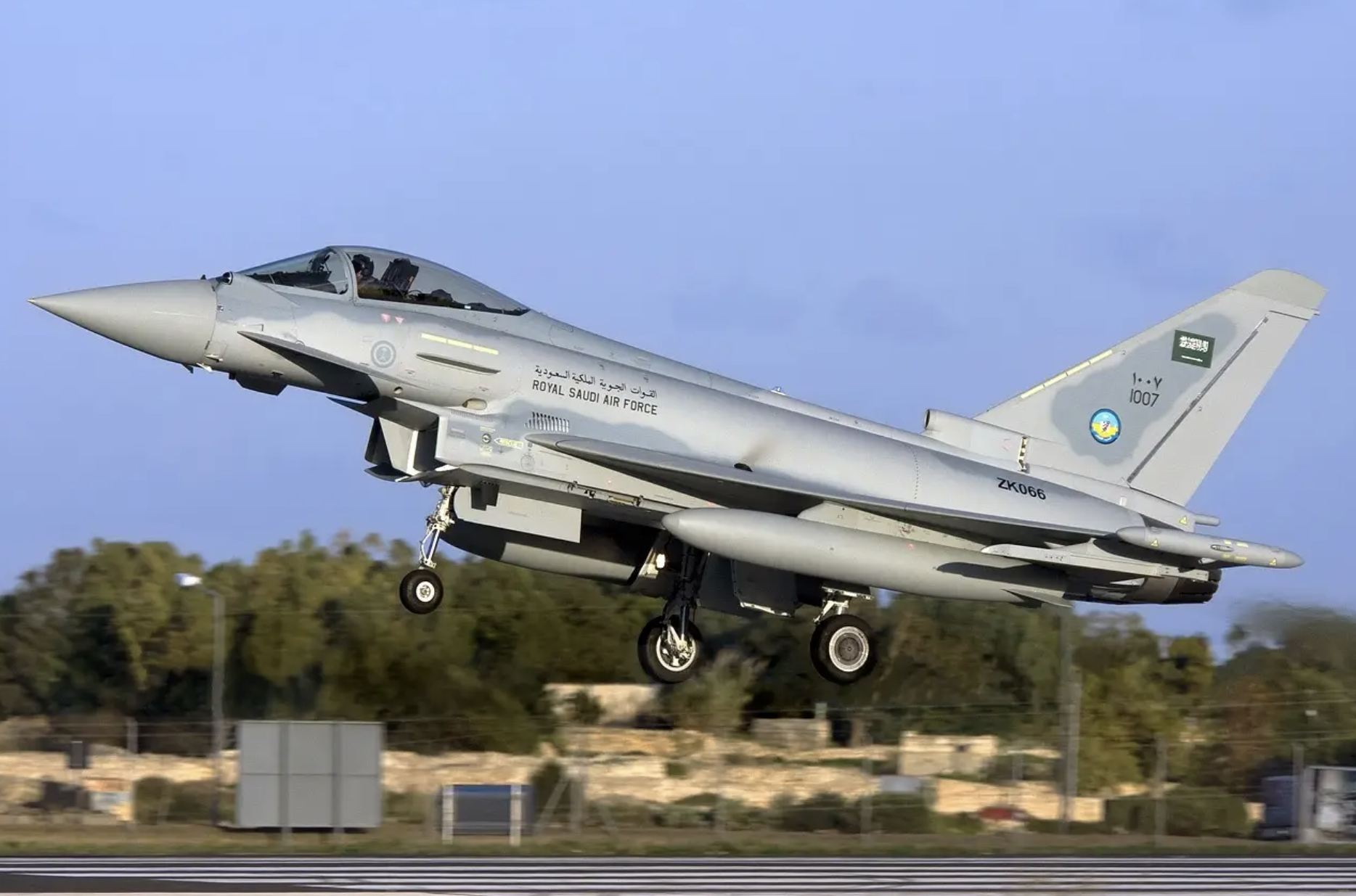
Until recently, Germany had consistently blocked further Typhoon sales to Saudi Arabia, citing concerns over human rights abuses, including the murder of journalist Jamal Khashoggi, as well as Saudi Arabia’s role in the Yemen war.
This prompted France’s Dassault Aviation to pitch the rival Rafale fighter to Saudi Arabia, soon after which German opposition to a Typhoon sale appeared to have been lifted.
BAE Systems and the U.K. government have tried to finalize a lucrative Saudi deal for 48 more Typhoons since 2018 and the latest indications are that such a sale could be back on.
If Saudi Arabia does get more Typhoons, the ECRS Mk 2 is likely to be on its shopping list, together with the BAE Systems Large Area Display.
The Large Area Display has been designed to allow Typhoon pilots to handle vast quantities of information better and improve their decision-making.
Measuring 12 x 22 inches, the Large Area Display replaces the Typhoon’s existing three 6 x 6-inch multifunction head-down displays (MHDDs) and the head-up display.
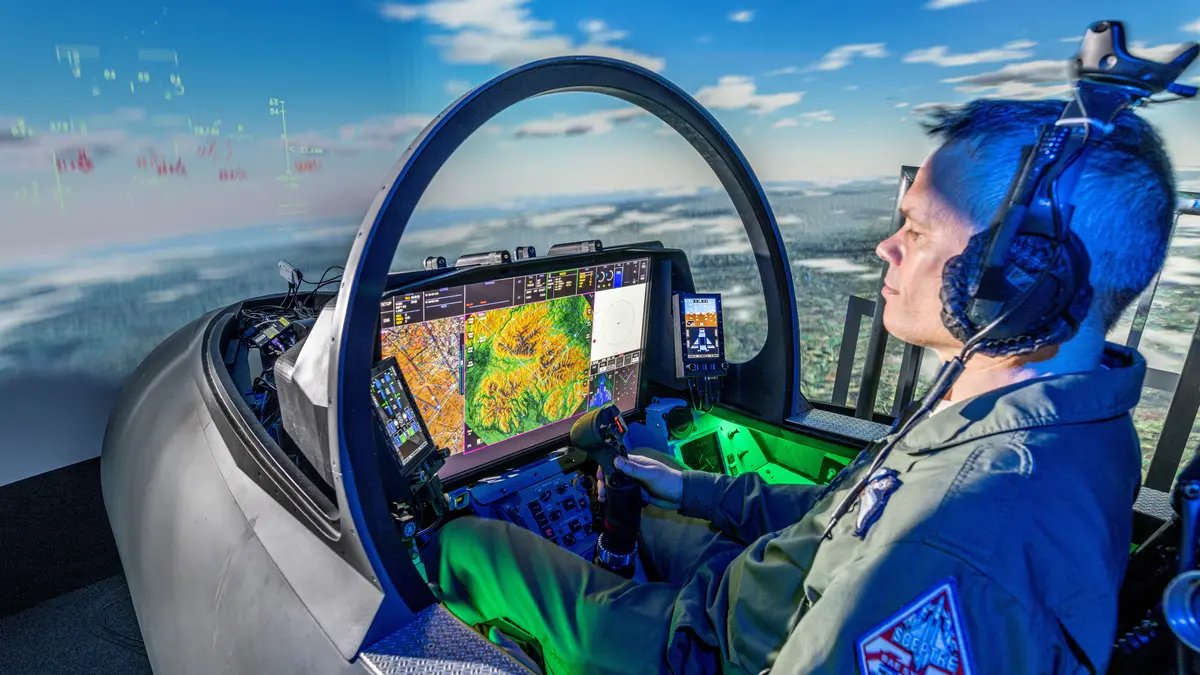
As BAE Systems says: “One particularly crucial aspect of the Large Area Display is its benefits for the future ECRS Mk 2 radar-equipped Typhoon. The radar’s wide-band capabilities enable it to extend functionalities to greater ranges, complementing the large tactical display and providing a comprehensive picture of the situation.”
The Royal Air Force says that the initial operating capability for the ECRS Mk 2 is scheduled for 2030, although add that this date can be brought forward, “if required.”
While its arrival may be much delayed, the ECRS Mk 2 is set to bring a huge advance in capabilities to the U.K.’s Typhoon fleet, ultimately providing a much more effective counterpart to the fifth-generation F-35B with which it operates. At the same time, the prospect for export orders, as well as combining it with the Large Area Display, suggest that the development potential of the radar, and the Typhoon generally, is far from exhausted.
Contact the author: thomas@thedrive.com

